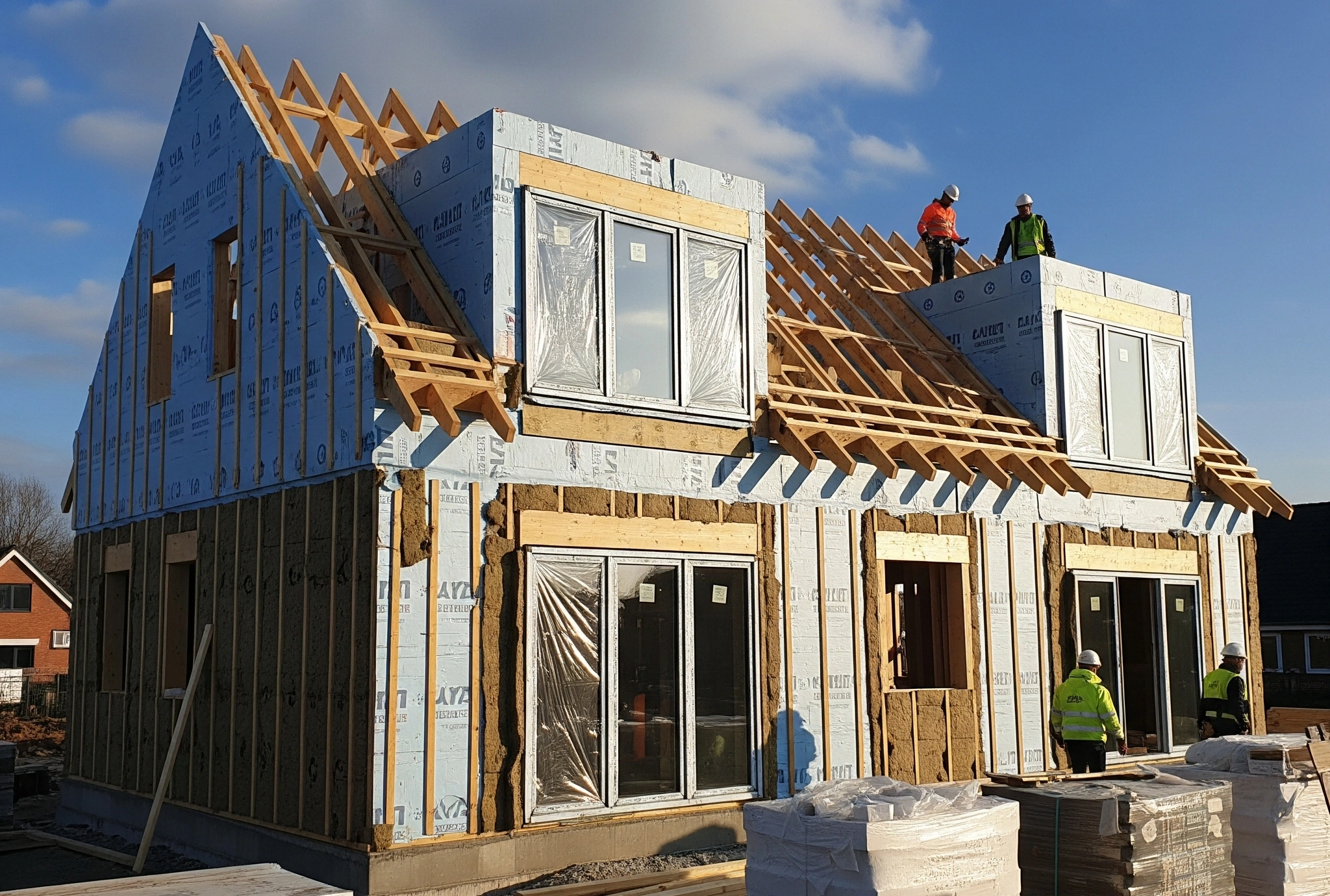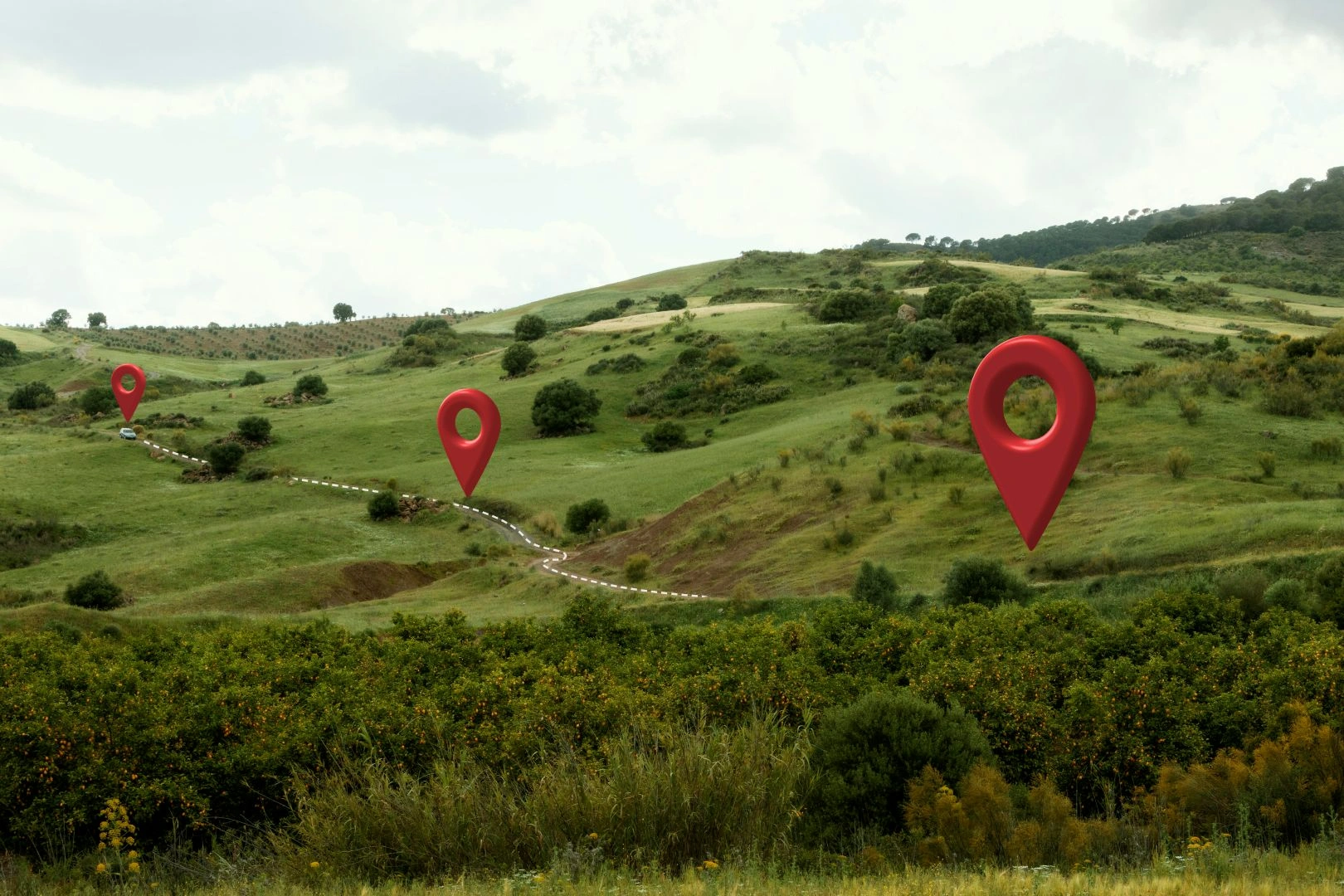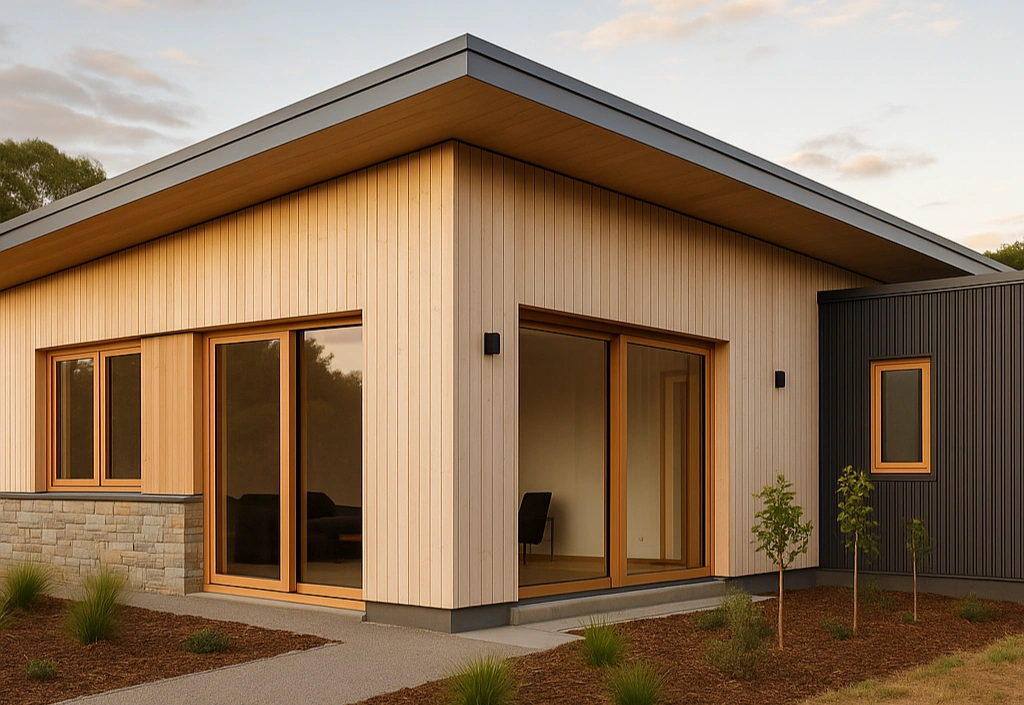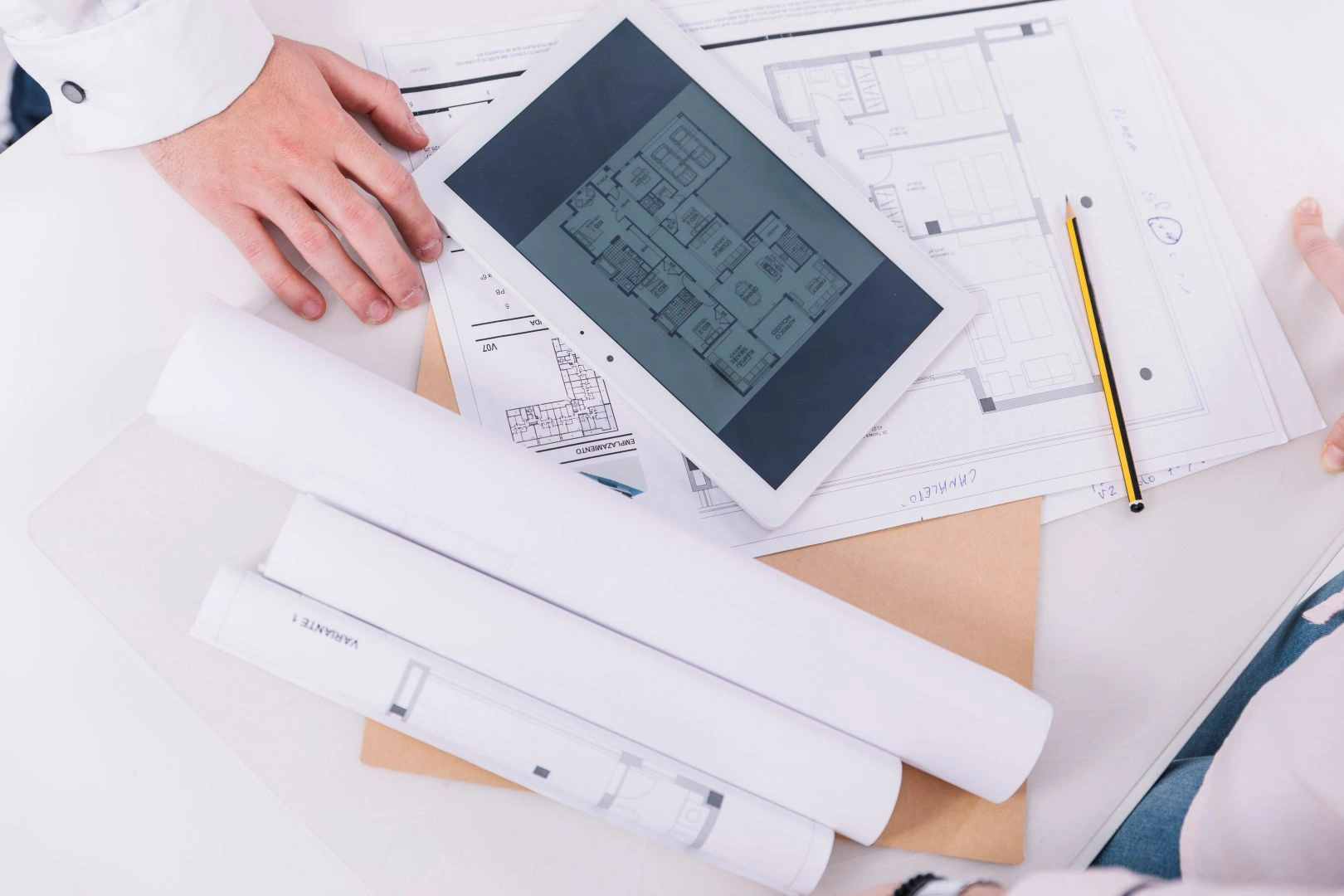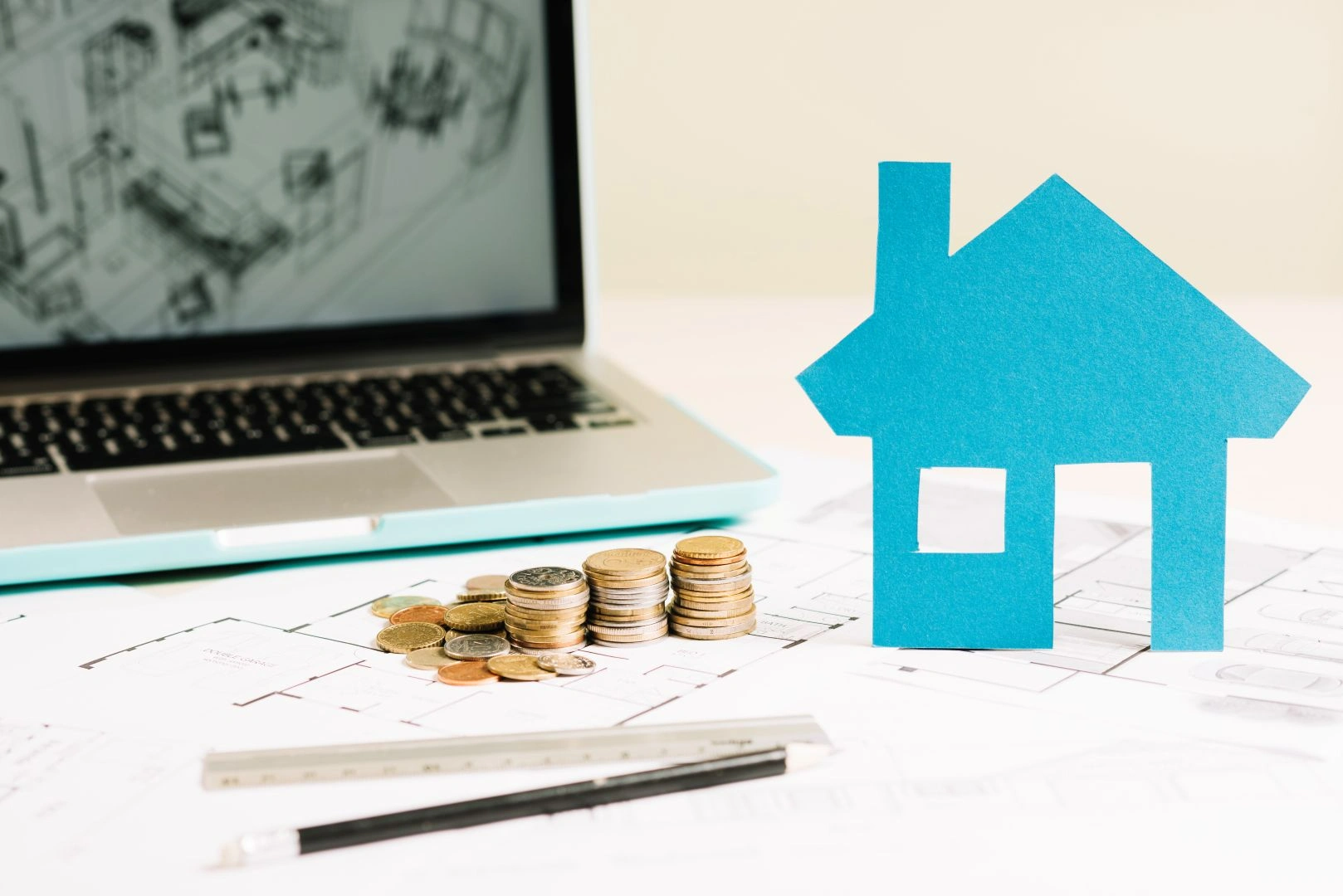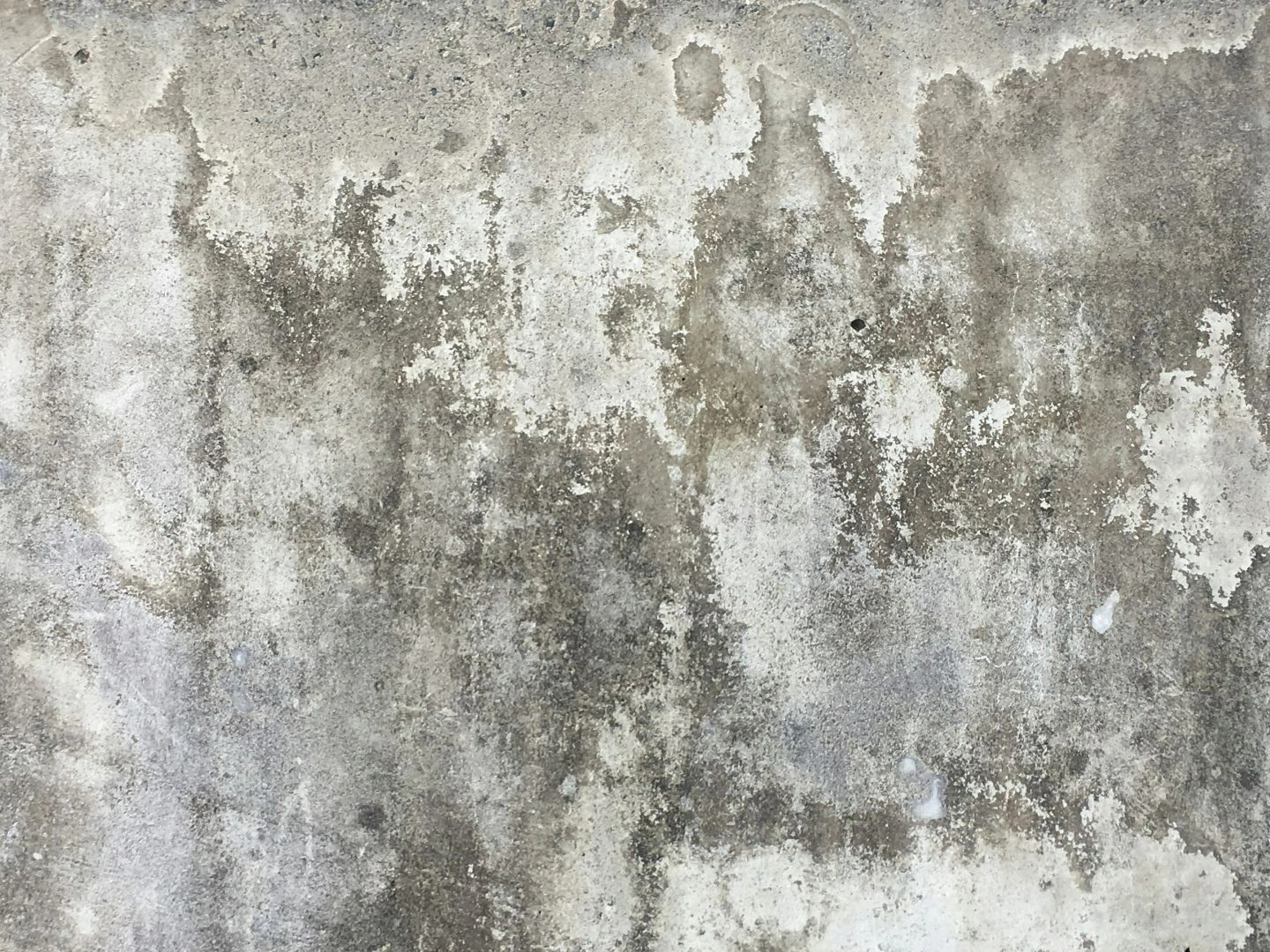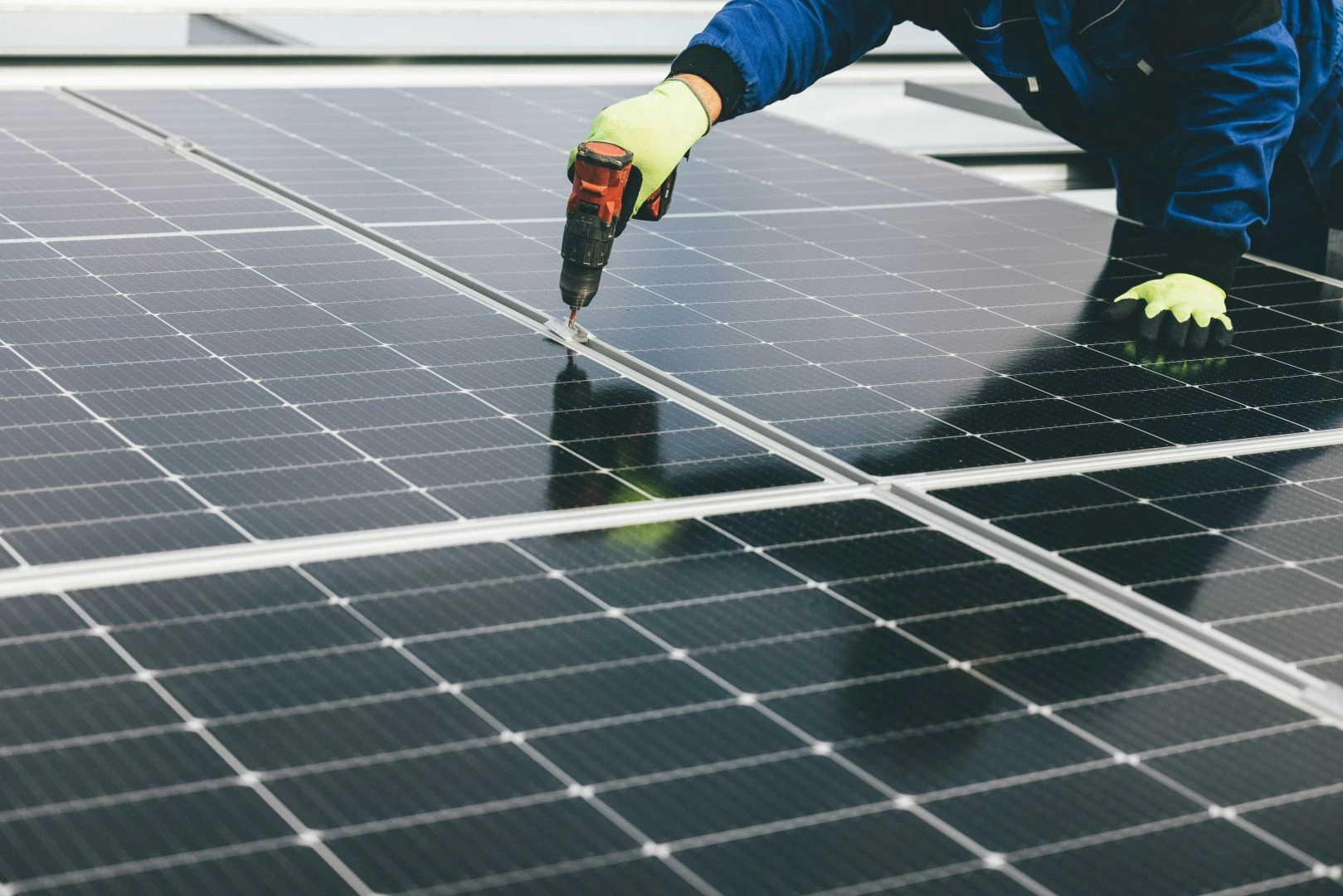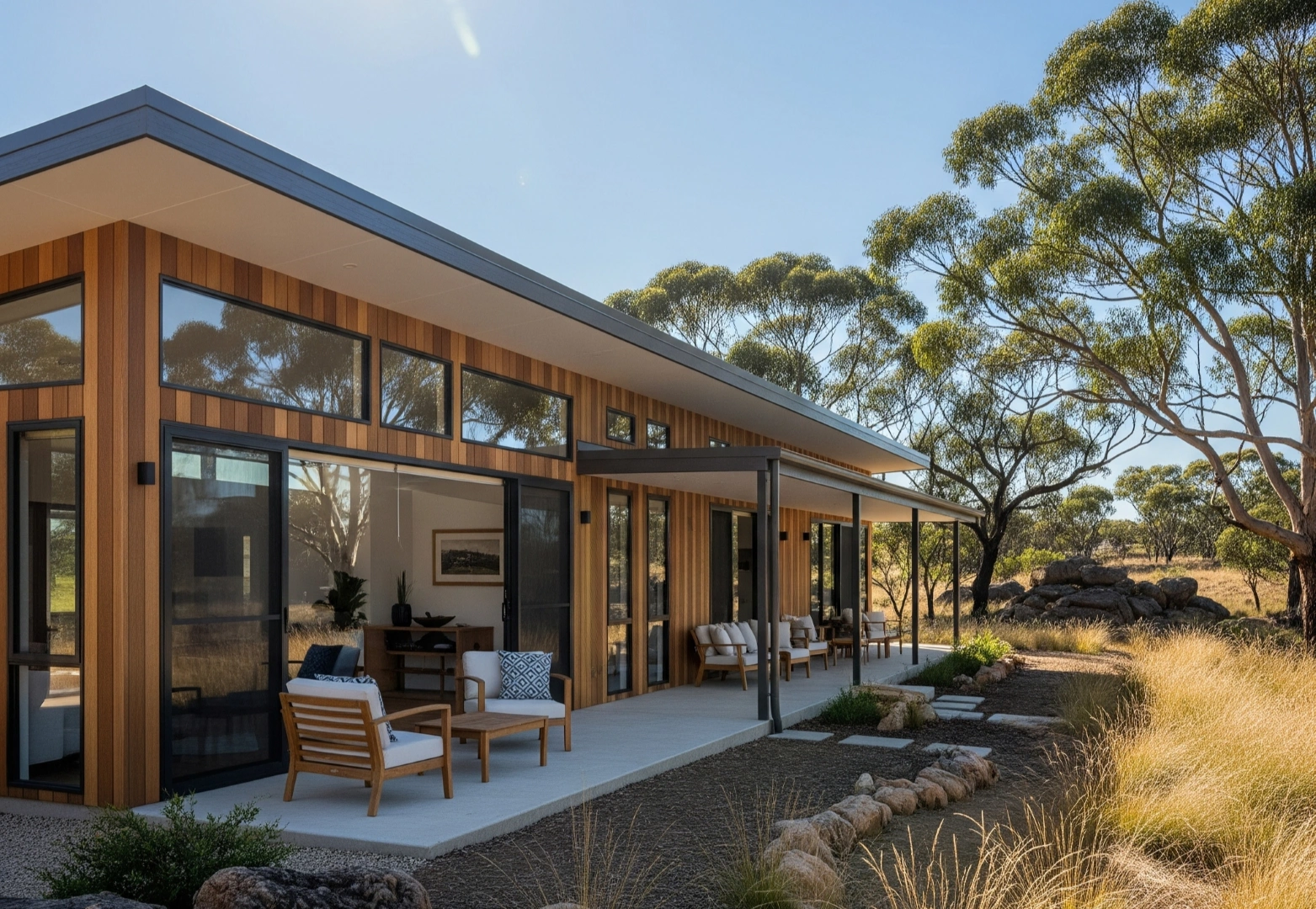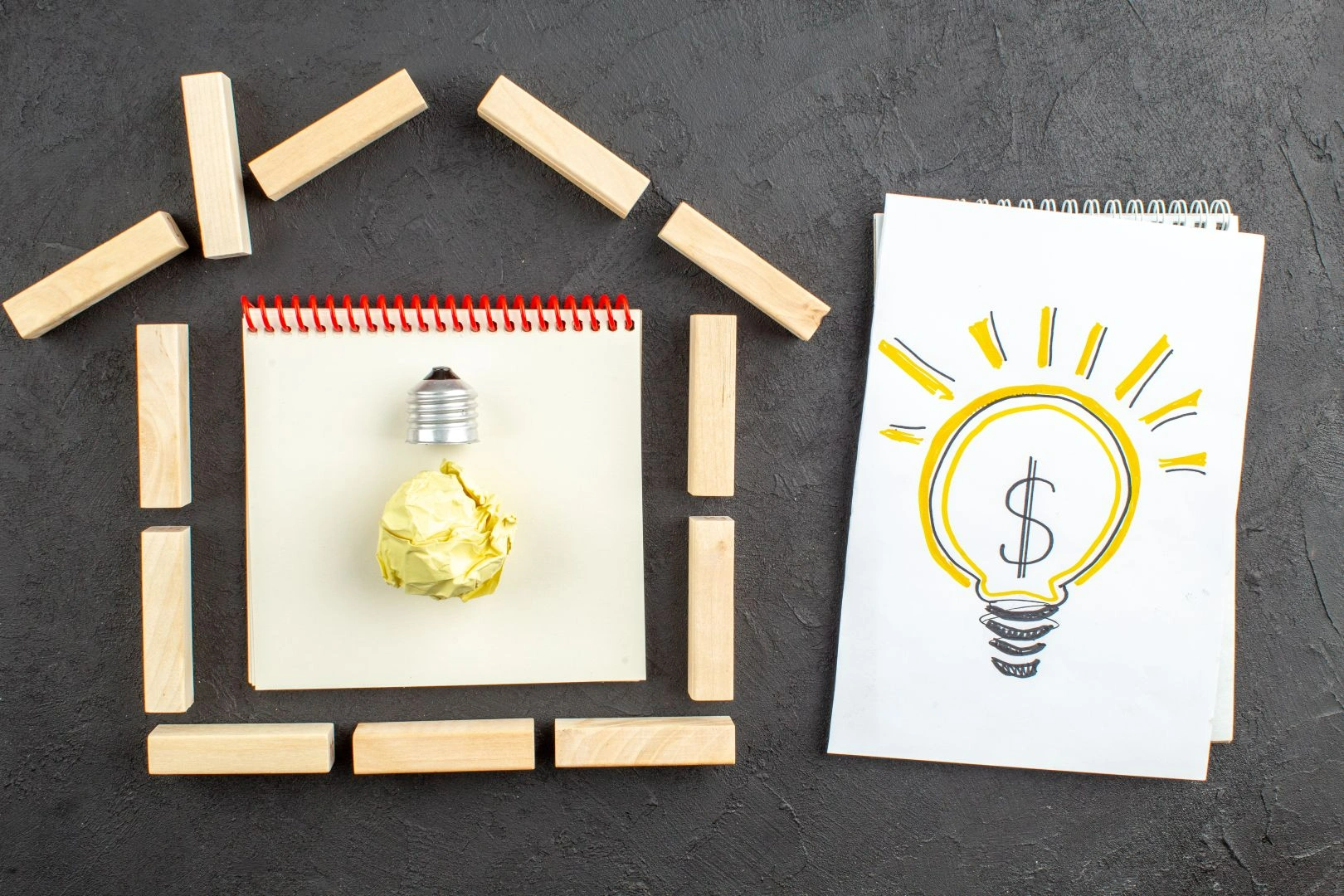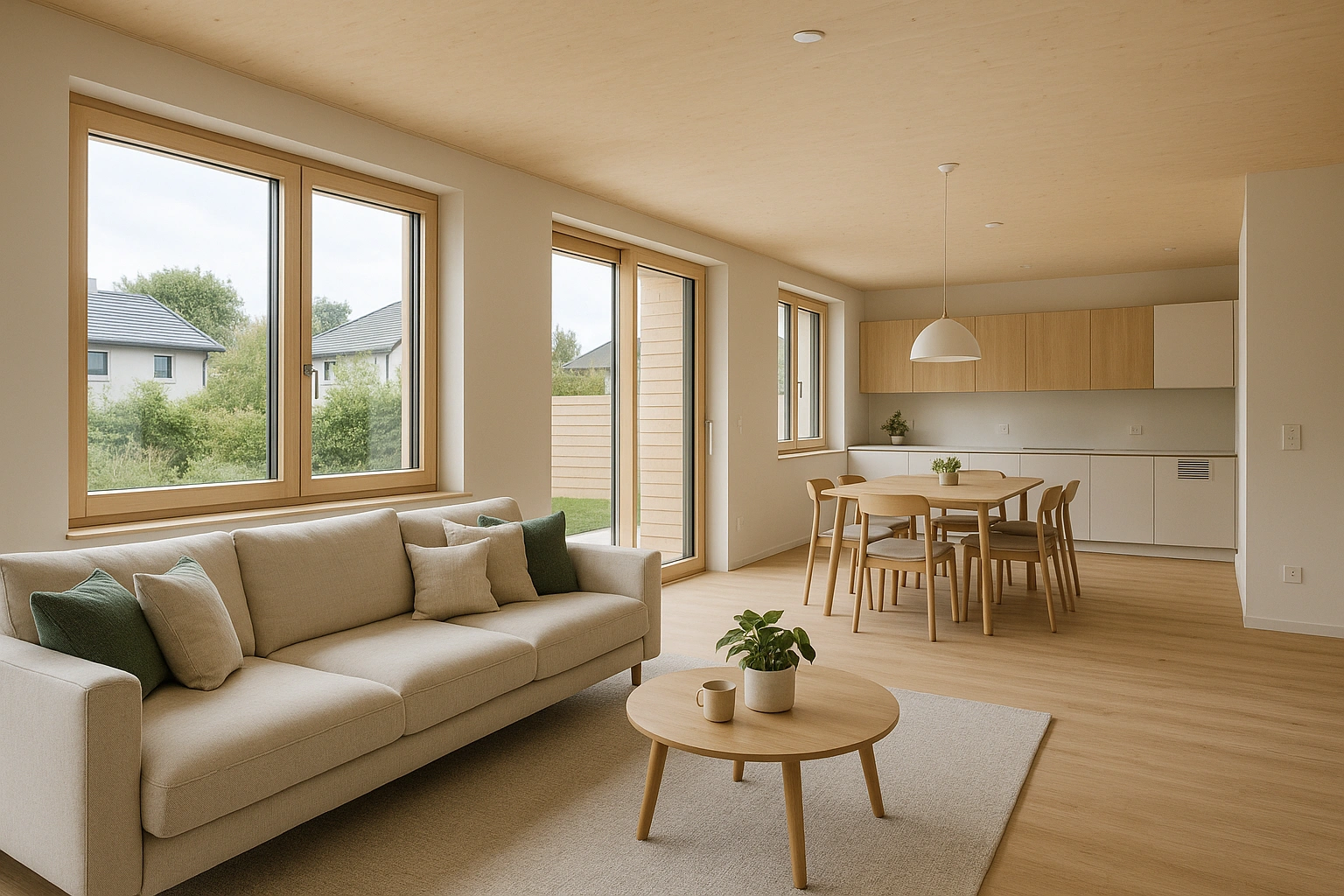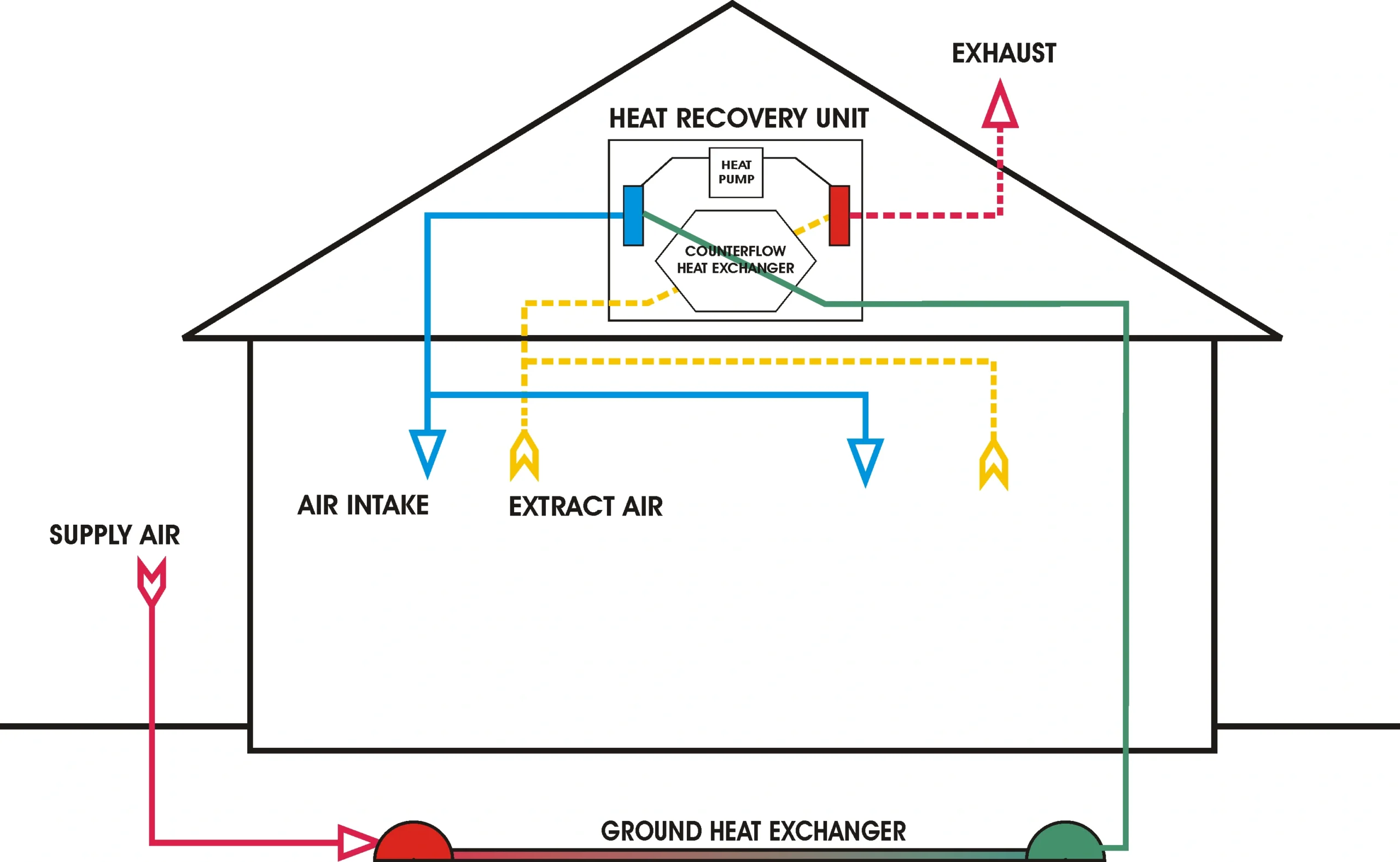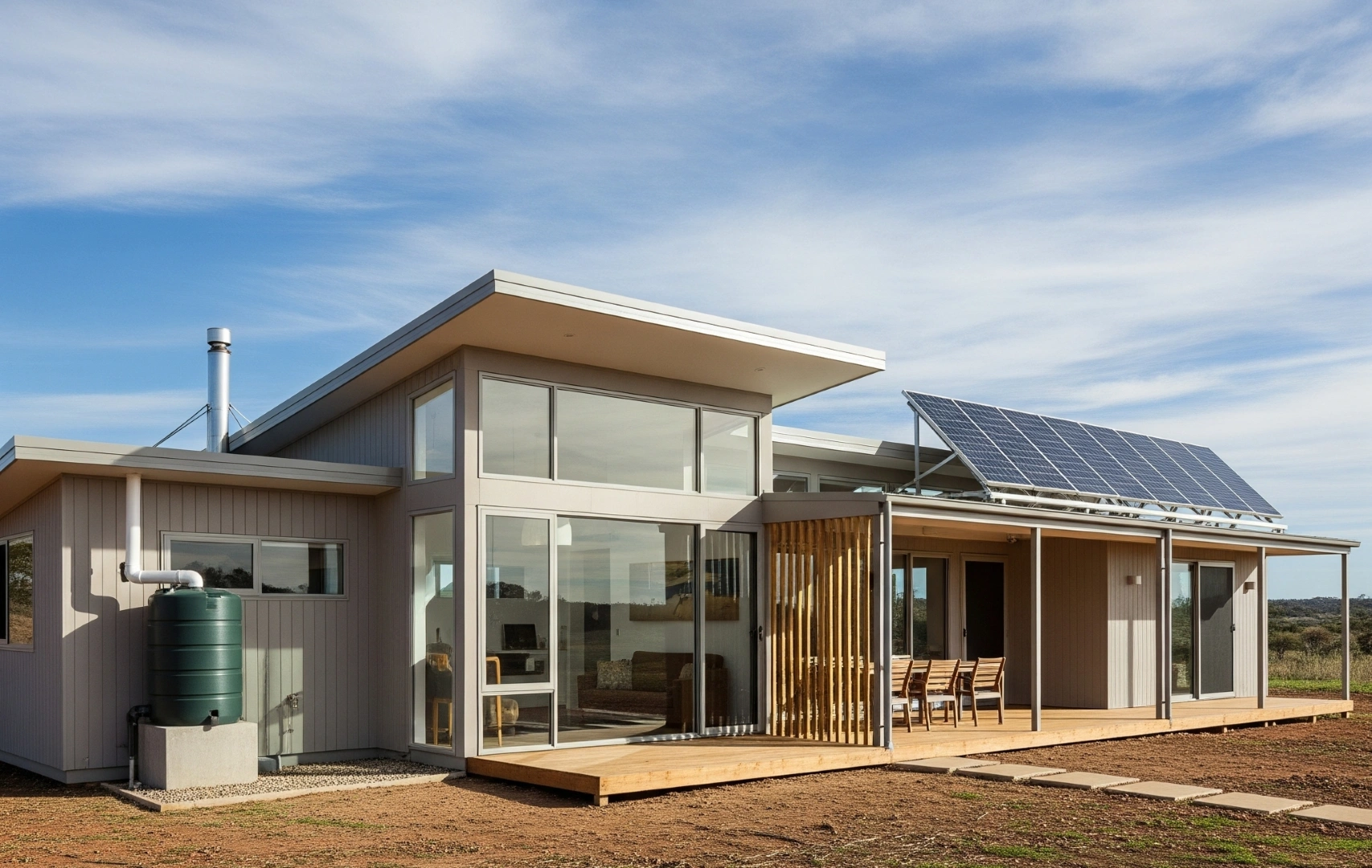Common myths about passive houses debunked


Passive houses have grown in popularity among people looking to build more energy-efficient homes. But despite growing awareness, there are still many myths and misunderstandings about what a passive house really is.
Let’s discuss some of the most common myths about passive houses in Australia, and explain why they aren’t true.
Myth 1: Passive houses are only for cold climates
Passive house design first became popular in Germany, originally, and then other parts of Europe, where it’s generally cold for much of the year. Because of this, some people assume a passive house isn’t suitable for Australia’s varied and often hot climate. This is not the case.
Designing a passive house in Australia is entirely possible. In fact, passive design principles – like insulation, airtightness and smart window placement – can be adapted to suit any climate, including hot or humid regions. A properly designed passive house in Australia can stay comfortable year-round without relying heavily on mechanical heating or cooling.
On the other hand, in a passive design house, the aim is to create an efficient building envelope that keeps warm air in during winter and out during summer. High-performance windows support this by:
- Minimising unwanted heat transfer
- Maximising solar gain in colder months
- Reducing the need for artificial heating and cooling
- Improving acoustic performance
- Supporting indoor air quality by reducing draughts
These factors are critical to meeting the Passive House standard – a globally recognised benchmark for energy-efficient building.
Myth 2: Passive houses don’t need heating or cooling at all
It’s often said that a passive house doesn’t need any heating or cooling. This is misleading. A passive design house reduces the need for artificial heating and cooling, but it doesn’t eliminate it altogether.
Most modern passive house designs include some form of backup system, like a small heat pump or ceiling fan, to help maintain comfort during extreme weather. What sets them apart is how little these systems are needed. Because the home is so well insulated and sealed, it takes much less energy to stay warm or cool.
Myth 3: They all look the same
Another common idea is that passive house designs are boxy, plain or lacking in personality. But the truth is that passive house design is very flexible. While there are design principles that guide the build, such as compact form and minimal thermal bridging, there’s still plenty of room for creativity.
In Australia, modern passive house designs range from sleek urban homes to rustic off-grid retreats. Whether you’re building in the city or the bush, a good passive house builder will work with your style preferences while still meeting performance goals.
Myth 4: Passive houses are too expensive
Upfront, building a passive house in Australia may cost a bit more than a conventional home. This is often due to better insulation, triple-glazed windows and the specialisation of the builder. However, the long-term savings on energy bills can outweigh the initial cost.
Energy-efficient home builders often point out that ongoing costs are much lower thanks to reduced reliance on heating and cooling. Plus, there are long-term benefits like improved comfort, lower maintenance and better indoor air quality.
Prefabricated passive house models are also helping reduce costs and build times. These homes are factory-built using precise, energy-efficient techniques, then assembled on site, offering a more affordable way to achieve passive performance.
Myth 5: They’re only for new builds
Many people think you can only get the benefits of a passive house by building from scratch. While it is certainly easier to meet certification with a new build, the principles of passive design can also be applied to renovations.
Retrofitting an existing home using passive house principles – like better insulation, airtightness and improved ventilation – can still lead to significant comfort and energy improvements. A certified passive house builder can help you figure out what’s possible for your home.
Myth 6: Passive houses are just a trend
A further subject of debate is the idea that passive houses are a passing trend rather than a sustainable building technique for the future. But, with concerns about climate change growing, more attention is being focused on reducing energy consumption and carbon emissions.
The passive house standard has withstood rigorous testing over many years and has proven itself to be a reliable method of constructing comfortable homes. Builders and homeowners are increasingly realising that achieving long-term savings and superior performance is not a fad but a necessary step towards a sustainable future. The advancement of modern passive house designs only reinforces the viability of these ideas over time.
Myth 7: Passive houses don’t suit Australian culture or lifestyle
Some people believe that passive house design is too European and doesn’t align with Australian living preferences. There’s an idea that it’s difficult to adapt these designs to suit local tastes, climates or the way Australians like to live, especially when it comes to enjoying the outdoors.
However, Australian passive house projects have shown that the core design principles are flexible and widely applicable. Homes can include features like large verandahs, generous sliding doors and shaded outdoor areas, all while maintaining airtightness and thermal performance.
Living in a passive house doesn’t mean shutting yourself inside. In fact, good passive house design often makes it easier to enjoy the outdoors by providing stable indoor temperatures, excellent indoor air quality and seamless transitions to your outside areas. Whether it’s opening up to a garden on a summer evening or keeping cool inside on a hot day, passive homes can support the relaxed, outdoor-focused lifestyle many Australians value.
Why passive house design works for Australia
Passive houses are a practical, proven approach to building homes that are healthier, quieter and far more energy-efficient than most existing housing stock. With the flexibility to suit a wide range of locations and lifestyles – from city living to country retreats – passive house design is well suited to Australia’s diverse climate and culture.
Whether you’re planning a new build or exploring how to improve an existing home, the principles behind a passive design house can help you live more comfortably while lowering your energy use.
